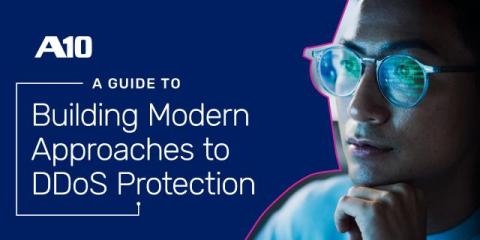The Strategic Advantage of Hybrid DDoS Protection: Cost Efficiency and Enhanced Control
In the digital age, distributed denial of service (DDoS) attacks pose a significant threat to organizations, potentially leading to service disruptions and financial losses. To effectively combat these threats, businesses are increasingly adopting hybrid DDoS protection solutions. By integrating cloud traffic scrubbing, on-premises local protection, global DDoS-specific threat intelligence, and an orchestration platform, hybrid solutions offer a comprehensive defense strategy.











